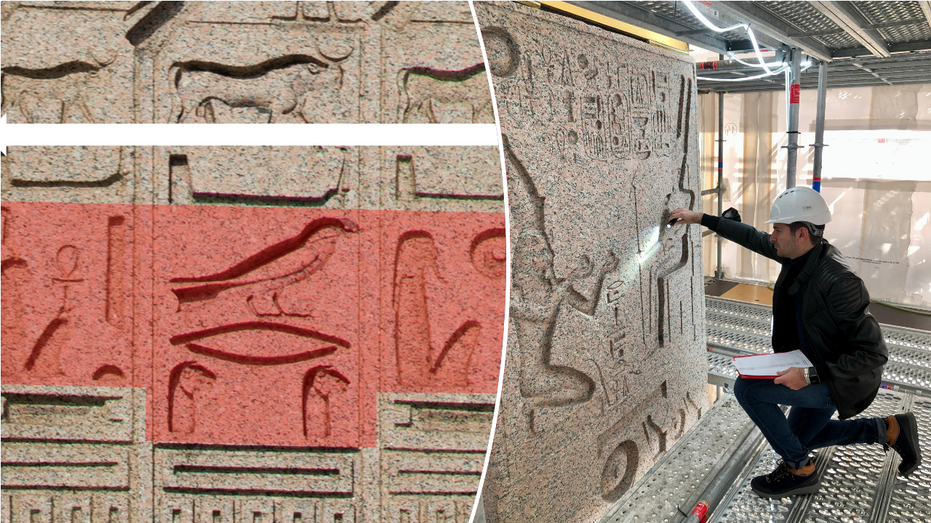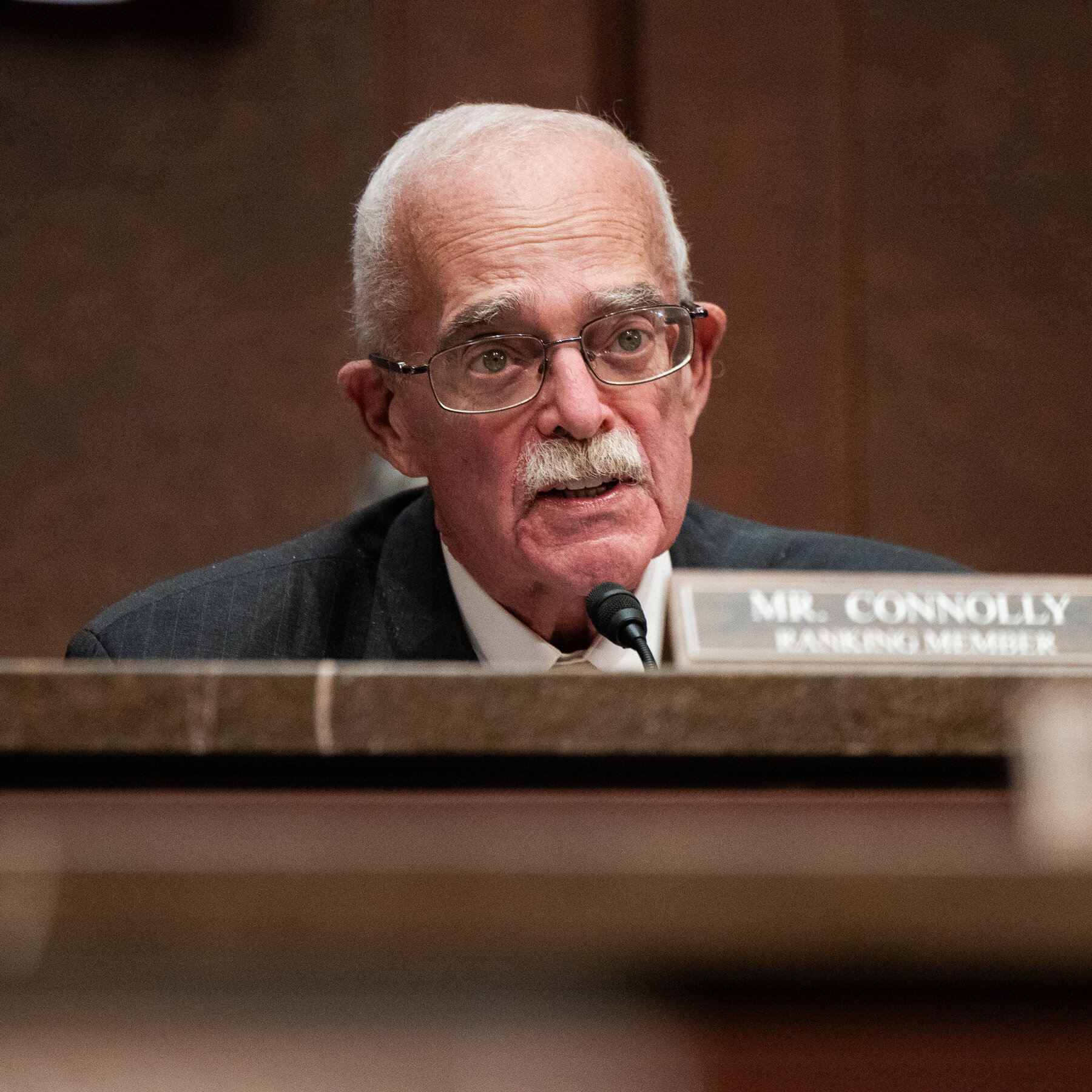Ancient “propaganda” that was used to support the Egyptian pharaoh who is believed to be a major character of the Old Testament has been spotted in Paris, according to an expert.
Jean-Guillaume Olette-Pelletier, an Egyptologist from Paris-Sorbonne University and Institut Catholique de Paris, recently spoke with Fox News Digital about his findings, which are set to be published in the coming months.
The expert found the propaganda, which is supportive of Ramesses II, on the 3,300-year-old obelisk that sits in Paris’ Place de la Concorde. Olette-Pelletier saw the obelisk up close in 2021 after receiving permission to climb scaffolding to conduct research.
ARCHAEOLOGISTS DISCOVER TOMB OF EGYPTIAN ROYALTY BEHIND FALSE DOOR: ‘UNVEILS NEW SECRETS’
Ramesses II, who was born in 1303 B.C. and died in 1213 B.C., is considered one of the most influential and powerful Egyptian rulers of the New Kingdom.
The Egyptian monarch is often cited as the most likely candidate for the pharaoh mentioned in Exodus, though an explicit name was never given in the Old Testament. The pharaoh is said to have retaliated against Moses and refused his requests in Exodus — resulting in a series of plagues.
Olette-Pelletier called the pro-Ramesses hieroglyphs “propaganda.”
He identified seven cryptographies, or codes, which assert Ramesses II’s authority from 1280 B.C. on.
“It was a message from Ramesses II to the nobility,” the expert said, noting the Egyptian nobility were able to read the codes.
ARCHAEOLOGISTS DISCOVER LONG-LOST TOMB OF UNKNOWN PHARAOH IN EGYPT
Olette-Pelletier said Ramesses II was born before his father Seti I became pharaoh – and therefore was not conceived by the gods. Not being of divine essence could have hampered his legitimacy to the throne.
“The nobility, able to read cryptographies, might be tempted by an overthrow of power since Ramesses II was not born of theogamy and therefore not divine by birth,” Olette-Pelletier said.
The expert added, “[Ramesses II] spent the first two years of his reign emphasizing his divinity with his wife Nefertari by paying homage at Egypt’s great shrines, and by buying priests.”
“In the process, he changed his name from Usermaatra to Usermaatra Setepenra, [which means] ‘chosen of Ra.’”
For more Lifestyle articles, visit foxnews.com/lifestyle
The obelisk has four sides, and Olette-Pelletier noted that the side that faces the Seine (and was intended to face the Nile) shows Ramesses II “wearing the double crown of Upper and Lower Egypt.”
The expert also said that Ramesses II “underlined his divine knowledge” by using codes to convey the swaying messages.
“The obelisk also contains hidden texts that show the nobility that he is a legitimate and divine king, thus averting a possible coup d’état,” Olette-Pelletier said.
CLICK HERE TO SIGN UP FOR OUR LIFESTYLE NEWSLETTER
“So, indeed, these are propaganda texts.”
The cryptographies also claim that Ramesses II was the “provider of the Nile flood and thus of the country’s wealth,” according to Olette-Pelletier.
The discovery is one of many finds related to Ramesses II that have been uncovered in the past year.
In September, an ancient sword belonging to Ramesses’ military was unearthed in Housh Eissa, a city in Egypt’s Beheira Governorate.
In January, Egyptian officials announced they would begin to restore Ramesses II’s temple in the Luxor Governorate, the Ramesseum.

















Leave a Reply